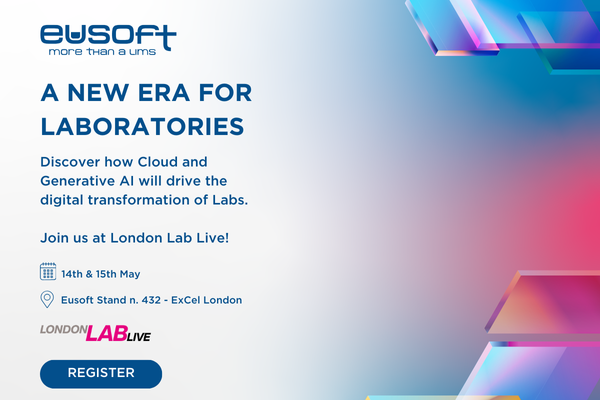Today scientists can set up, run, and analyze the results of tests and experiments in a fraction of the time they needed in the past. This means an extraordinary increase in the amount of data and information generated in the lab.
Automation and digitalization of the workspace can therefore help labs to transform information into actionable insight for their data consumers.
Step 1: Choose a LIMS
Nowadays, most scientists still keep experimental records on paper notes, paper notebooks, and sometimes using some informatics tools like Excel, Word, Power Points files… Each one stored in different folders and computers. Still relying on the head of the lab or key staff to look where to search for that information… This unstructured way to keep your lab information leads to time consuming tasks and even loss of information across time! You may have heard of LIMS, or Laboratory Information Management System. In a few words, a LIMS is a software that enables laboratories to manage their data, improving their quality. This, together with the ability to remove potential areas for error, provides tangible benefits that can be measured – one example being the time saved in correlating results to samples.
Step 2: Connect and integrate technologies across the Lab
Labs need to gain the agility and control to deliver critical information on their terms and time schedule, connecting any device, software, and people with no barriers. Advanced labs are running their business in the cloud, with platforms that integrate across all technologies, reducing manual work and labor that can be costly and time consuming. Choosing a Cloud LIMS that can be integrated with other systems and equipment is therefore essential to gain efficiency and help lab teams work smarter, faster, and communicate better – both for the benefit of the lab, as well as the customer experience.
Step 3: Change the Mindset
Trying to change an old lab management system can be tough, and facing the conservative mindset of users is certainly challenging. The best way to make a change is to show them the benefits of a LIMS:
- Increasing efficiency by sharing data more easily and quickly
- Speeding samples throughput: from electronic data entry in real time to automated data acquisition
- Reducing costs by doing the same work with fewer resources, or more work with the same resources
- Improving customer satisfaction
- Easily complyingwith Laboratory Best Practices.
Step 4: Save Time and Money
The implementation of a LIMS requires a starting investment. But this investment can be rapidly covered by the gain your lab will make in term of time (‘time is money!‘).




